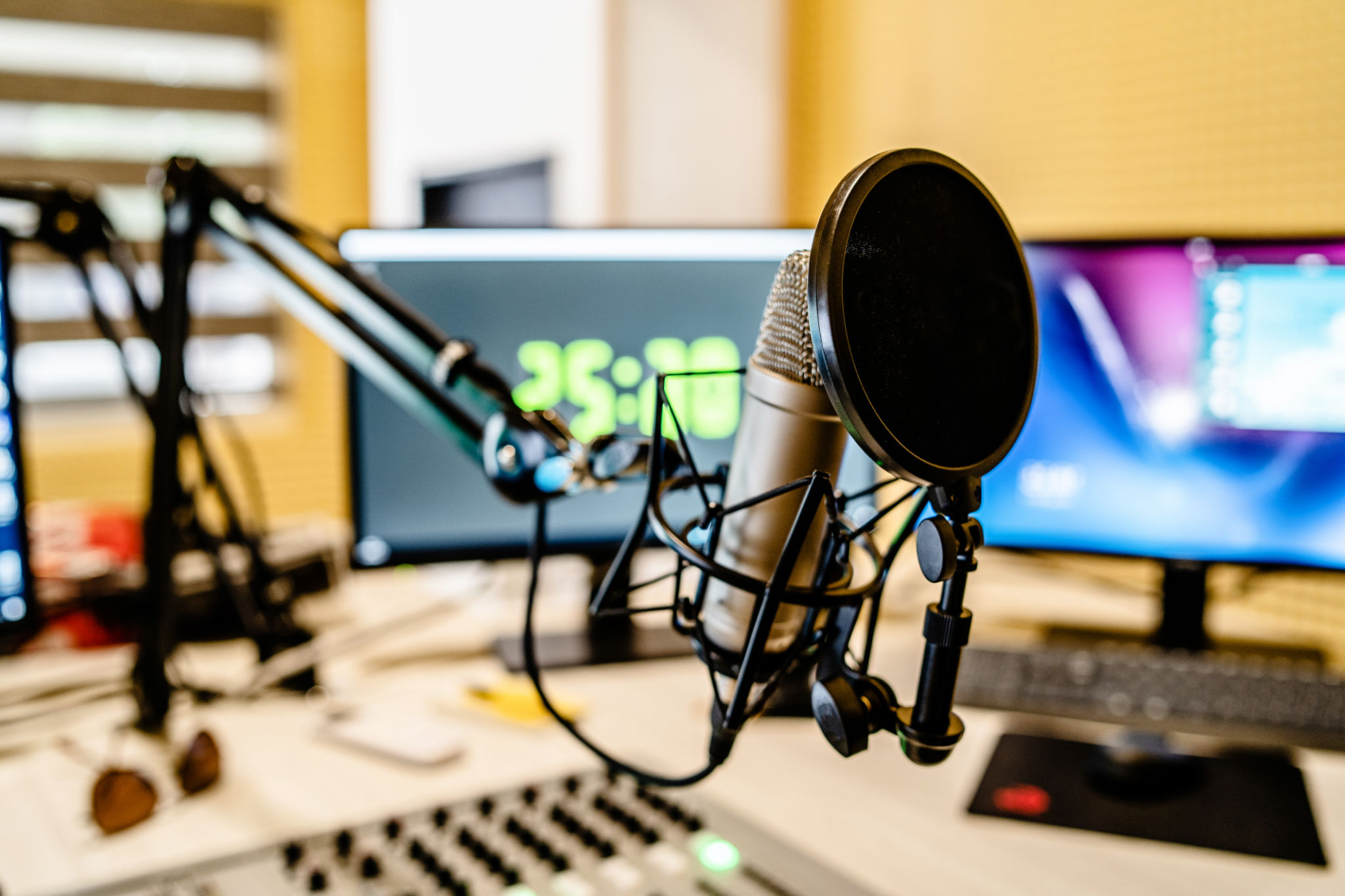Mastering Audio Engineering: Tips from Over 20 Years in Music Production
Understanding the Basics of Audio Engineering
Mastering audio engineering is an art that combines technical skill with a keen ear for detail. Over the years, as technology has evolved, so too have the techniques and tools available to audio engineers. Whether you're just starting out or looking to refine your skills, understanding the basics is crucial. This includes getting familiar with different types of microphones, understanding sound waves, and knowing how to manipulate audio tracks effectively.
One fundamental concept in audio engineering is the signal flow. This refers to the path that an audio signal takes from the source, through different pieces of equipment, and finally to its destination. Having a clear understanding of signal flow helps you troubleshoot issues and optimize sound quality.

Essential Tools and Equipment
In any audio engineer's toolkit, you'll find a range of essential equipment that makes producing high-quality sound possible. At the heart is the digital audio workstation (DAW), a software platform used for recording, editing, and creating audio files. Popular DAWs include Pro Tools, Logic Pro, and Ableton Live, each offering unique features tailored to different needs.
A good set of studio monitors is also critical. Unlike regular speakers, studio monitors provide a flat frequency response that allows you to hear the true sound without coloration. This helps in making precise adjustments to your mix. Additionally, investing in quality headphones can make a significant difference, especially when working in environments where using monitors isn't feasible.

Advanced Techniques for Professional Sound
Once you're comfortable with the basics and have the right equipment, it's time to explore advanced techniques. Mastering EQ (equalization) is essential for shaping your sound. EQ involves adjusting specific frequency ranges to enhance or diminish certain aspects of your audio. This can drastically improve clarity and balance in your mix.
Compression is another crucial technique. It controls the dynamic range of your audio by reducing the volume of loud sounds or amplifying quieter ones. This ensures that no part of your track is too overwhelming or too soft, creating a more polished and professional sound.
- Understand your compressor's controls: threshold, ratio, attack, release, and makeup gain.
- Use sidechain compression to create space for certain elements in a mix.
- Experiment with parallel compression for a more dynamic sound.

Staying Updated with Industry Trends
The music production industry is ever-evolving, with new trends and technologies emerging regularly. Staying updated with these changes is vital for maintaining a competitive edge. Follow industry news, participate in forums, and engage with online communities to exchange knowledge and ideas with fellow audio professionals.
Attending workshops and conferences can also provide valuable insights into the latest practices and technologies. These events offer opportunities to network with peers and learn from experts who have been shaping the industry for years.
Continuous Learning and Practice
Mastering audio engineering requires continuous learning and practice. Engage in regular listening sessions where you analyze different tracks, focusing on their production elements. Critically listening to music across various genres can broaden your understanding and inspire new ideas for your projects.
- Set personal projects to experiment with new techniques.
- Seek feedback from other professionals to refine your skills.
- Document your processes and learn from both successes and failures.
Building a strong portfolio showcasing your best work can open doors to new opportunities in the music production field. Keep honing your craft, and with dedication and creativity, you'll continue to grow as an audio engineer.
